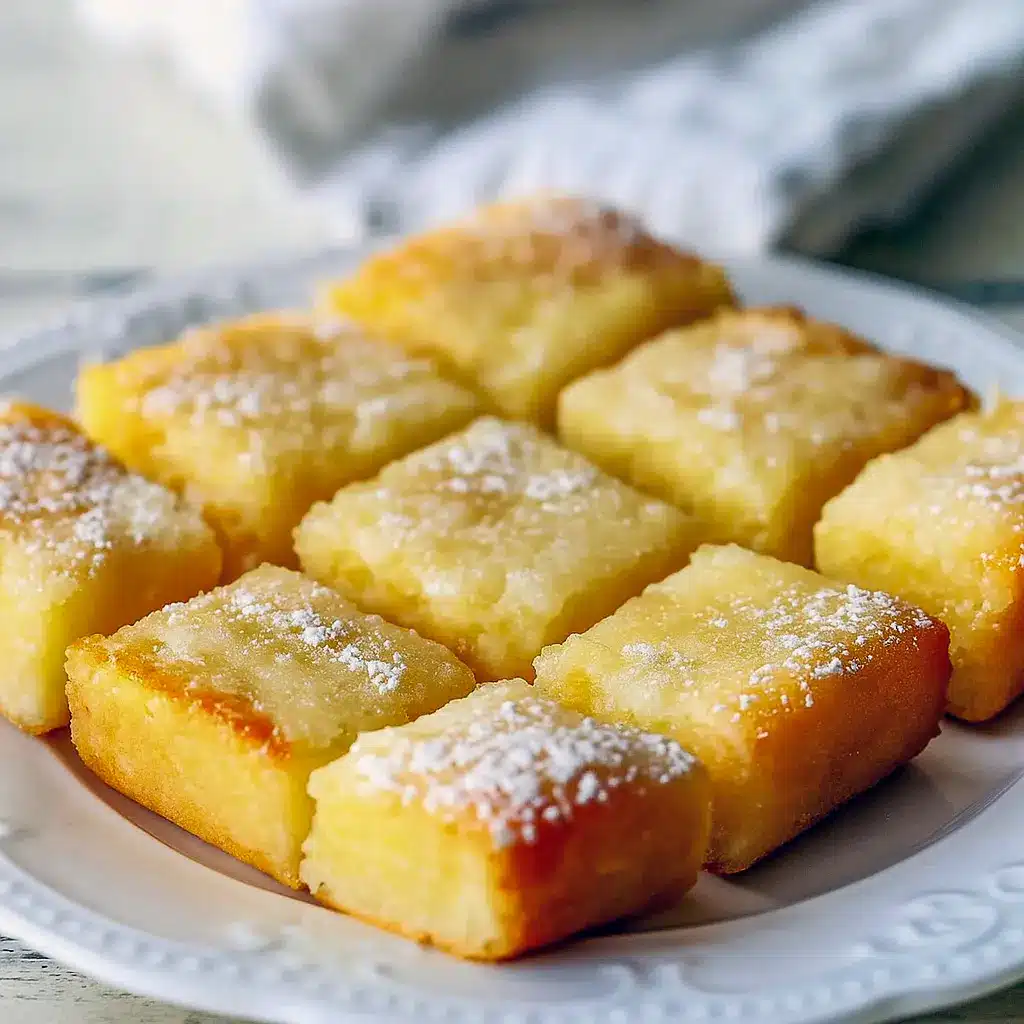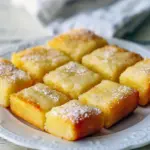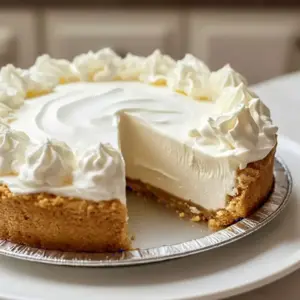When it comes to French dessert recipes, few things can rival the charm of a classic French Butter Cake Recipe. It’s simple, rich, and oh-so-satisfying. Forget fussy fillings, mile-high frosting towers, or Instagram-only creations that taste like disappointment. This cake is about flavor, tradition, and pure buttery bliss.
It’s the kind of butter cake recipe you make once, then keep tucked in your back pocket for years to come. It’s elegant enough for dinner parties, humble enough for weeknight snacking, and timeless enough to feel like it’s straight out of a boulangerie in Paris.
So, why is this cake such a star? Let’s break it down.
The Story Behind the French Butter Cake
Some cakes scream for attention; this one whispers. The French dessert philosophy is all about balance—never too sweet, never too heavy, and always focused on quality ingredients. A French Butter Cake follows those rules to the letter.
Think of it as the cooler, more sophisticated cousin of pound cake. Where Italian butter cakes often go bold with citrus zest or layered fillings, the French version keeps things understated but irresistible. It leans into butter and vanilla, delivering a texture that’s moist, fine-crumbed, and melt-in-your-mouth good.
Fun fact: this cake tastes even better the next day. The flavors deepen and settle, making it ideal for make-ahead baking. How many baking sweets can you say that about?
What Makes This Recipe So Irresistible?
This cake is…
- Rich without being greasy. That perfect butter-to-flour balance means indulgence without overload.
- Moist but structured. It slices cleanly, doesn’t crumble, and looks just as good on a plate as it tastes.
- Subtle yet luxurious. The butter and vanilla do the heavy lifting—no need for sugary frostings or fancy glazes.
- Beginner-friendly. Yep, even if you’re new to baking, this recipe’s simple steps are easy to follow.
Bottom line: If you love to eat dessert (and honestly, who doesn’t?), this is the one cake you’ll want on repeat.
Ingredients You’ll Need
Here’s your shopping list for a decadent dessert that tastes straight out of France:
- Unsalted butter (1 cup/2 sticks): The star of the show. Use high-quality butter for the best flavor.
- Granulated sugar (1 ½ cups): Sweetness without being cloying.
- Eggs (4, large, room temp): Give structure and richness.
- Vanilla extract (2 tsp): Pure vanilla, always. No shortcuts.
- All-purpose flour (2 cups): The base that binds.
- Baking powder (1 tsp): Keeps things light.
- Salt (½ tsp): Enhances the butter’s richness.
- Whole milk or heavy cream (½ cup): Adds tenderness and moisture.
That’s it—nothing wild or exotic. Just everyday ingredients that, when handled with care, create something that feels like it belongs in the archives of How Sweet Eats or an old-world Parisian cookbook.
How to Make It (Step by Step)
- Prep the oven. Preheat to 350°F (175°C). Grease and line a 9-inch cake pan.
- Cream butter + sugar. Use a stand or hand mixer, beating 3–5 minutes until fluffy. Don’t rush this—it’s what gives the cake its signature lift.
- Add eggs. One at a time, mixing well after each. Patience pays off here.
- Stir in vanilla. Just enough to perfume the batter.
- Mix dry ingredients. In a separate bowl, whisk flour, baking powder, and salt.
- Combine. Add dry mix to the wet on low speed, just until incorporated. No overmixing!
- Add milk. Stir until smooth and silky.
- Bake. Pour into your pan, smooth the top, and bake 40–50 minutes, until golden and a toothpick comes out mostly clean.
- Cool. Rest 10–15 minutes, then remove from the pan. Cool completely on a rack.
- Serve. Dust with powdered sugar, or serve plain for the true French experience.
Easy, right? You don’t need pastry school training to nail this.
Pro Tips for the Best Outcome
- Use room temp ingredients. Cold butter or eggs = heavy, dense cake.
- Don’t overmix. Especially after adding flour. Less mixing = tender crumb.
- Check early. All ovens vary, so start testing at 40 minutes.
- Rest before slicing. The crumb sets as it cools. Slice too early and it might fall apart.
Small things, big impact.
Variations to Try
Feeling playful? Here’s how to give your French Butter Cake Recipe a twist:
- Add lemon zest for a light citrus lift.
- Swap vanilla for almond extract for a more nutty, bakery-style flavor.
- Serve with fruit compote or crème fraîche for brunch.
- Toast slices and top with butter (yes, more butter) for breakfast.
- Layer with whipped cream and berries if you want to dress it up.
Each variation keeps the soul of the recipe intact while letting you explore.
Best Way to Serve
Honestly? Plain. This cake doesn’t need bells and whistles. But if you’re entertaining, dust powdered sugar in a simple stencil, add a few berries on the side, and voilà—it looks like something you picked up from a Parisian café. Pair it with espresso, tea, or even a glass of dessert wine.
This cake plays well in any setting, from casual coffee breaks to fancy dinner spreads.

Quick Tips for Storage and Leftovers
- Room temp: 3 days, tightly covered.
- Fridge: Up to 1 week, wrapped well.
- Freezer: 3 months (wrap slices in plastic + foil).
- Reheat: Warm slices in the microwave for 10–15 seconds, or toast lightly.
And here’s the kicker—it actually tastes better the next day. You’re welcome.
FAQs
Can I use salted butter?
Yes—just reduce added salt slightly.
Can I make it gluten-free?
A 1:1 gluten-free baking flour works, though the crumb may be a little different.
Can I add frosting?
Technically yes, but why? This cake’s charm is its simplicity.
What pan works best?
A springform is easiest, but any 9-inch pan will do.
Why This Recipe Belongs in Your Collection
Among all the French dessert recipes, this one shines because it’s classic yet flexible, fancy yet fuss-free. It’s a cake you’ll return to when you need a sure win—whether that’s for family dinner, Sunday brunch, or just because you wanted to eat dessert without apology.
It’s the perfect blend of tradition and comfort, a recipe that feels both nostalgic and timeless. Like many decadent desserts, it’s indulgent, but it doesn’t try too hard. And that’s exactly why it works.
Final Bite
If you’ve been hunting for a cake that delivers elegance without intimidation, the French Butter Cake Recipe is it. With a short ingredient list, simple steps, and unbeatable flavor, it’s one of those bakes that quietly earns a spot in your forever rotation.
Forget over-the-top trends—sometimes the most memorable French dessert is the one that’s subtle, buttery, and made with love. So grab your butter, preheat that oven, and bake yourself a slice of Parisian joy.
Trust me: once you’ve tried it, you’ll never look at “plain cake” the same way again.
PrintFrench Dessert Recipes – Rich & Buttery French Cake You’ll Love to Bake
If you’ve been craving a simple yet elegant French Butter Cake Recipe, this one’s for you. It’s rich, tender, and captures that classic French flavor without requiring fancy techniques.
- Prep Time: 20 minutes
- Cook Time: 45 minutes
- Total Time: 1 hour 5 minutes
- Yield: 8 servings 1x
- Category: Dessert
Ingredients
- 1 cup (2 sticks) unsalted butter, softened
- 1 ½ cups granulated sugar
- 4 large eggs, at room temperature
- 2 teaspoons pure vanilla extract
- 2 cups all-purpose flour
- 1 teaspoon baking powder
- ½ teaspoon salt
- ½ cup whole milk or heavy cream
Instructions
- Heat the oven. Set your oven to 350°F (175°C). Prepare a 9-inch cake pan by greasing it well and lining the base with parchment paper for an easy release later.
- Whip butter + sugar. In a mixing bowl, beat the softened butter with the sugar for 3–5 minutes until the mixture is pale, creamy, and fluffy. This step sets the stage for a light, tender crumb.
- Add eggs. Crack in the eggs one at a time, blending well after each addition so the batter stays smooth and stable.
- Mix in vanilla. Stir in the vanilla extract until just combined.
- Blend dry ingredients. In a separate bowl, whisk together the flour, baking powder, and salt. Slowly add this dry mixture to the wet ingredients, stirring on low speed until incorporated. Don’t overmix—you want a delicate texture, not a dense loaf.
- Add milk. Pour in the milk (or cream) and mix until the batter looks silky and uniform.
- Bake. Spread the batter evenly in the prepared pan. Bake for 40–50 minutes, or until the surface is golden and a toothpick inserted in the center comes out clean or with a few moist crumbs.
- Cool. Allow the cake to rest in the pan for 10–15 minutes, then gently transfer it to a wire rack to cool completely.
- Serve. Leave it plain for pure buttery goodness, or finish with a light dusting of powdered sugar for extra charm.
Notes
- Cold butter = trouble. Always soften your butter before creaming, or the texture will suffer.
- Don’t overbake. Pull the cake out as soon as it’s done to prevent dryness.
- No margarine, please. Stick with real butter—this cake relies on it for flavor.
- Use parchment. Skip it, and you risk the cake sticking to the pan.
- Let it rest. Slicing too soon will cause messy, crumbly cuts.
Nutrition
- Calories: 370 kcal




